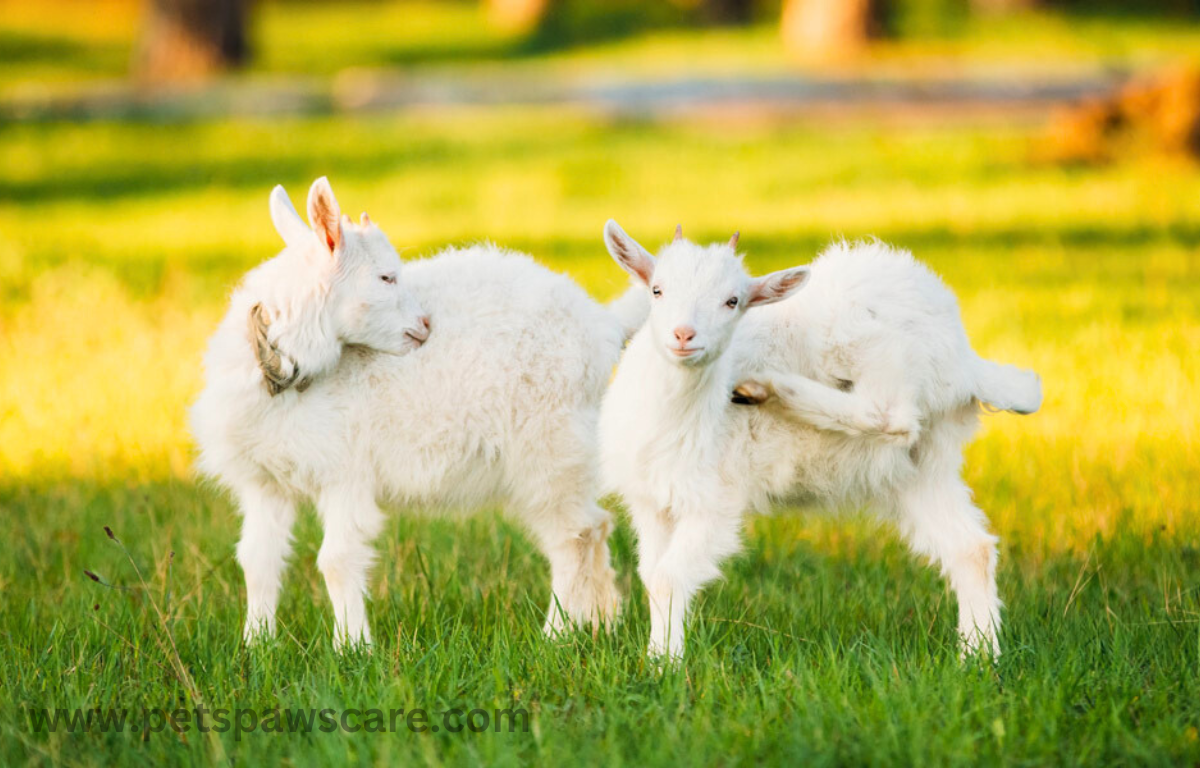Many animals, from tiny insects to huge elephants, depend on grass for their daily needs. Some, like chickens and wild turkeys, occasionally eat grass, while horses, cows, sheep, and bison are true grazers that roam grasslands and meadows, feeding on the green carpet that covers large areas of land.
Even carnivorous animals like a dog might bite and chew on blades of grass, although it’s not a primary food source for them. In this widespread realm of grass consumers, grasses play a vital role in ecosystems, providing nourishment for many species, including kangaroos, buffalo, and zebras. These animals rely on grass for survival, along with countless others that are too many to name.
Types of Grass-Eating Animals:
Herbivores
Herbivores like deer, elephants, and rabbits rely on plants for sustenance, utilizing specialized digestive systems to break down tough plant fibers in their diverse diets. These animals contribute to the ecosystem by grazing and browsing, promoting vegetation growth, ensuring their survival, and maintaining the balance of life in both grasslands and forests through seed dispersal and enhancing resilience in nature.
Omnivores
Grass-eating animals in the animal kingdom display remarkable adaptability and diversity in their diets, often being omnivores that thrive on plant-based foods like grains. Some of them including bears, humans, raccoons, and pigs, also consume fruits, vegetables, and insects, highlighting their dietary flexibility.
This flexibility is crucial for their survival, as these animals play a vital role in controlling populations of plants and other animals. Their feeding habits contribute to the ecological balance in ecosystems around the world for highlighting their value in preserving the natural balance.
Insectivores with Grass in their Diet
In nature, insectivores like hedgehogs and shrews showcase the versatility of animals that feed on both grass and insects. These creatures supplement their diet with insects that allows them to gain essential nutrients and fibers from the vegetation.
This creates a unique combination of food sources that reflects their adaptive capabilities. Their feeding habits highlight the interconnections in ecosystems, which are crucial for sustaining diverse wildlife populations and various species.
Animals That Eat Grass
1. WHITE RHINOCEROS
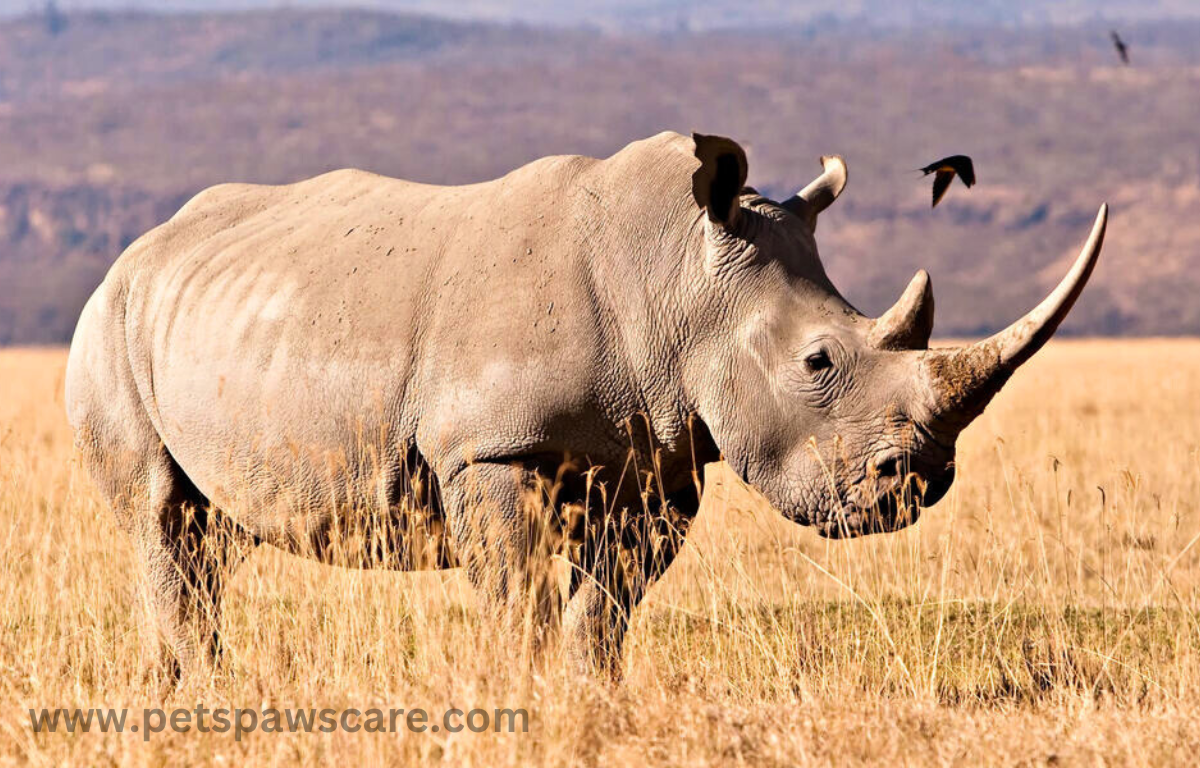
Scientific Name: Ceratotherium simum
The white rhino is the largest among all rhino species, can weigh up to 2 tons, and is over four meters long. Such big animals are herbivores predominantly eating short grass, having 74% of their diet consisting of four grass species, including Panicum maximum, Themeda triandra, Urochloa mossambicensis, and P. coloratum.
White rhinos inhabit southern parts of Africa, browsing in open savannahs. Now, the number of white rhinos is approximately 20000 left scattered in the wild due to habitat destruction and poaching.
2.MANATEES
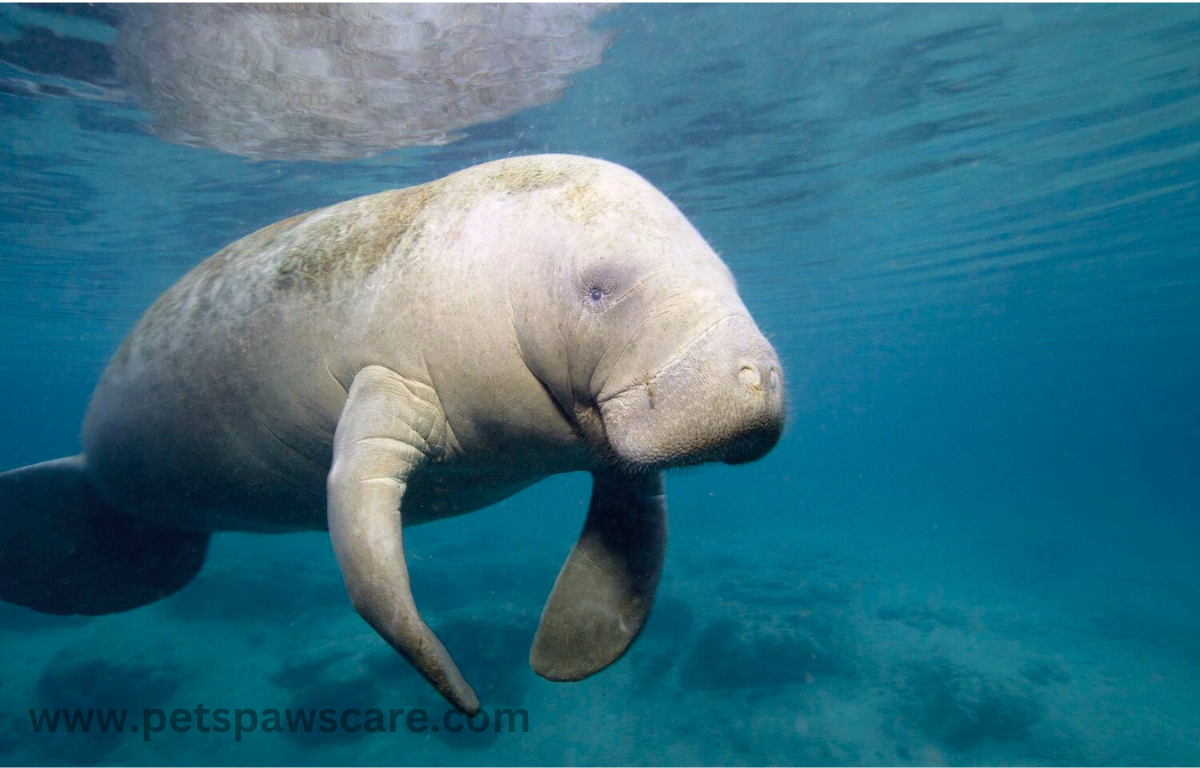
Scientific Name: Trichechus
Manatees are large marine mammals, their closest relatives being elephants. These animals are not uncommon in shallow seawaters in all parts of the world, and their main trait is their peaceful and slow-moving nature. Manatees are herbivores with diets that contain mainly seaweed and other aquatic plants.
Their slow moves and gentle demeanor make them a perfect embodiment of a cow of the sea. It is a standard reference for them. The wild bison, just like cattle, live most of their time out there grazing on the grass.
3. RED KANGAROOS
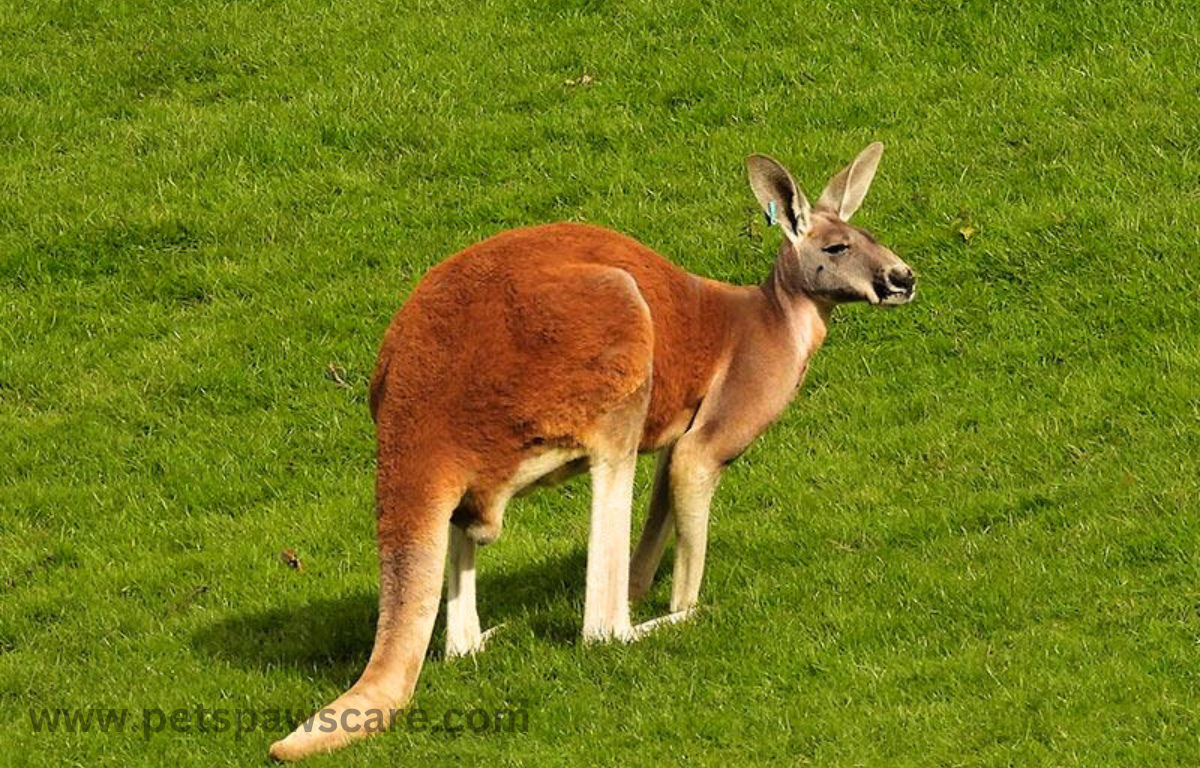
Scientific Name: Macropus Rufus
The red kangaroo, the largest of all kangaroo species, is the most common in Australia. They exist all over Australia and are usually found in open grasslands, forests and woodlands. The primary food plant that red kangaroos feed on is the fat-leafed saltbush (dry weight), which accounts for 57 percent. At the same time, the other includes grasses like Dicanthium, Enneapggon, and round-leafed saltbush, amounting to 31% and 12%, respectively. These spectacular beings can live for crunchy periods without water by discovering means of keeping water and diminishing their body temperature.
Kangaroos in red can make a significant jump to 9 meters at once. What is remarkable is that the yearning in the female Red Kangaroo is for twins, but only one will reach maturity.
4. PANDAS
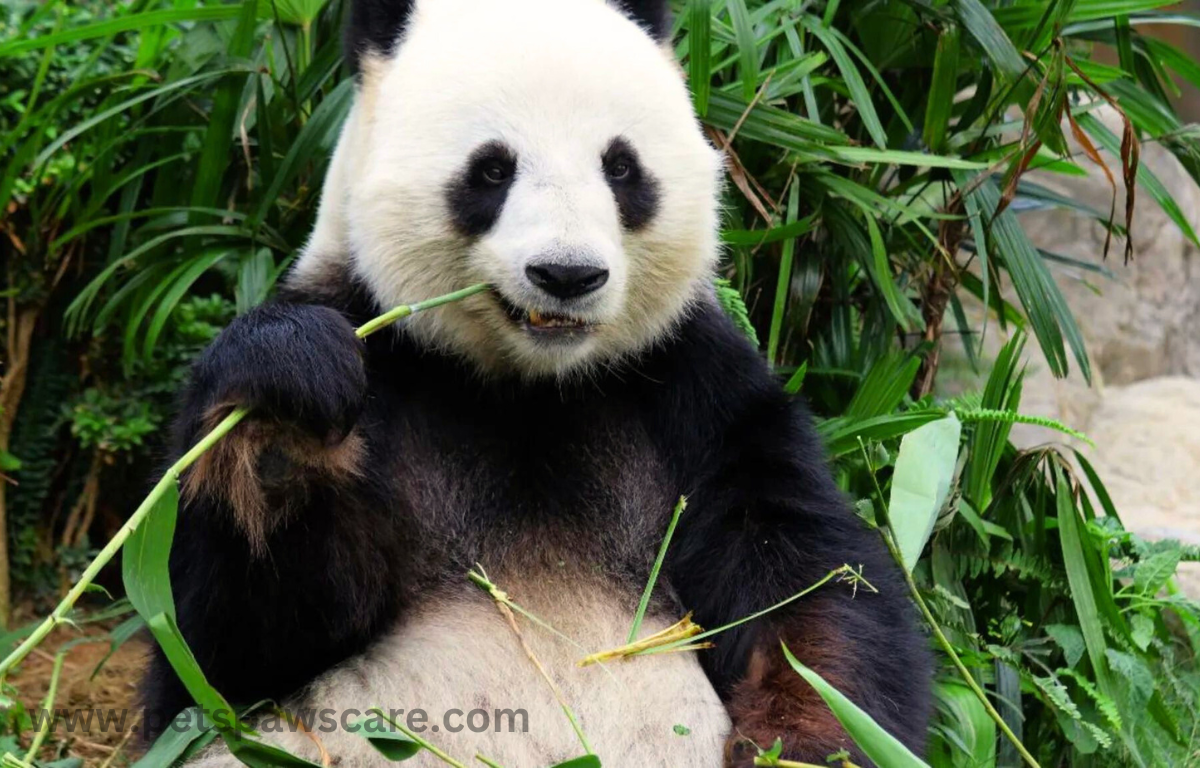
Scientific Name: Ailuropoda melanoleuca
Pandas are cute animals with a unique black-and-white appearance that rely on bamboo as their primary food source. They eat about 40 pounds of bamboo daily to meet their nutritional demands, but may also pick from other plants, tubers, and small rodents or carrion. Their consumption can differ based on variables like habitat quality and seasonal variations, allowing them to choose a variety of foods to survive in the wild.
why Dog Doesn’t Chew His Food?
5. Monkeys
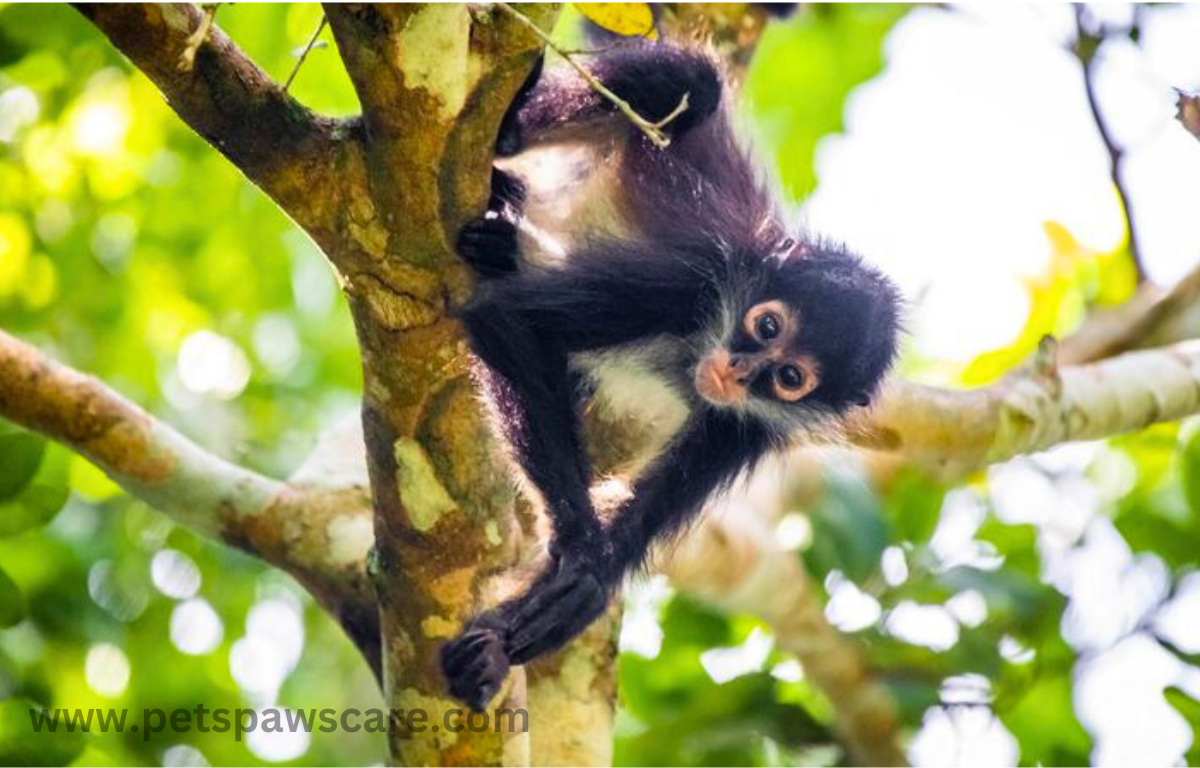
Monkeys have a varied diet rather than only bananas. Monkeys are omnivores but mainly eat plants, fruits, and seeds. Among the primates, however, the Geladas primarily feed on grass.
On a domestic level, Herbivores eat grass. The diet of cows, goats, horses, and donkeys consists of daily grass (or hay). Dogs and cats have been known to eat grass as well.
6. GOPHER TORTOISES

Tortoises are hard-shelled reptiles that are found all over the world. Tortoises, such as the gopher tortoise, are herbivores whose diet consists mainly of plants and grass. In the forests, this species likes to live in scrublands where the soil is nice and sandy for them to dig.
Unlike other tortoises that live west of the Mississippi River, gopher tortoises are among the few species residing in the eastern part of the US. They are the staple art of states like Florida, Georgia, and others surrounding them. Gopher tortoises have almost become extinct in South Carolina and Louisiana.
7. CAPYBARAS
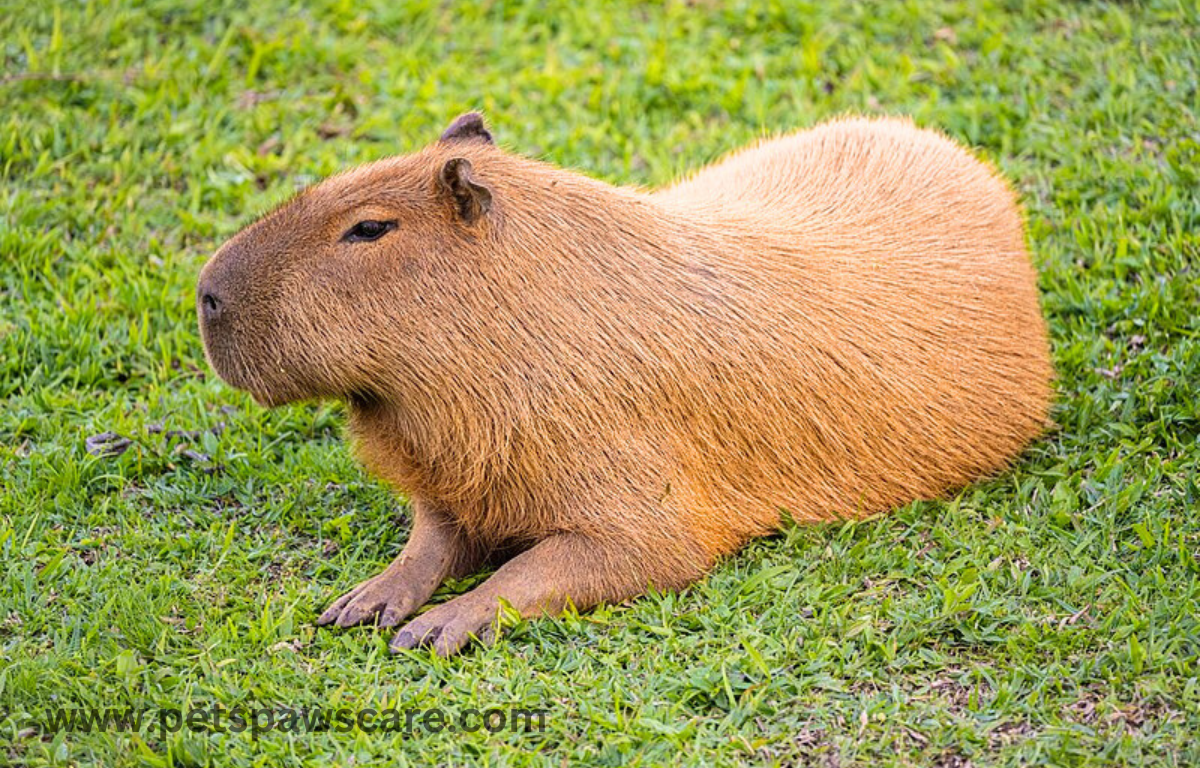
Scientific Name: Hydrochoerus hydrochaeris
In a paragraph: The capybara is a species of the rodent family Hydrochoeridae. It’s the most giant rodent in the animal kingdom, with an adult’s average weight ranging from 35 to 66 kg (77 and 146 pounds). The capybara is native to Central and South America and is a highly demanded exotic pet.
Capybara is a herbivore, feeding mainly on grasses, water plants and fruits. Capybaras provide primarily on green vegetation and prefer fresh, succulent growth. Nevertheless, even if they’ve dried, they will eat grasses just as they consume trunks or barks.
8. Rhinoceros
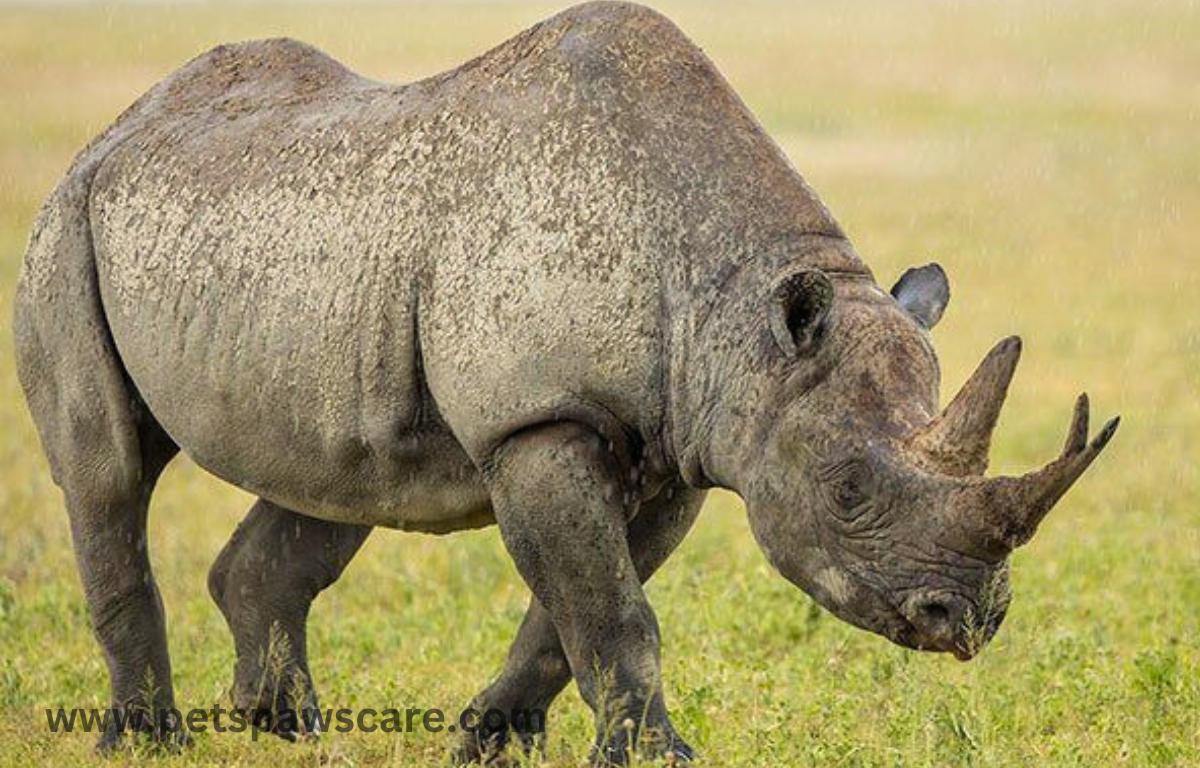
Rhinos are among the heaviest land-dwelling mammals, weighing up to 8000 pounds. The grass is most of what they eat, and other vegetation, including plants, fruits, and trees.
White rhinos mainly feed on shorter grass, whereas the others prefer higher grass and sweet fruits.
9. ZEBRAS
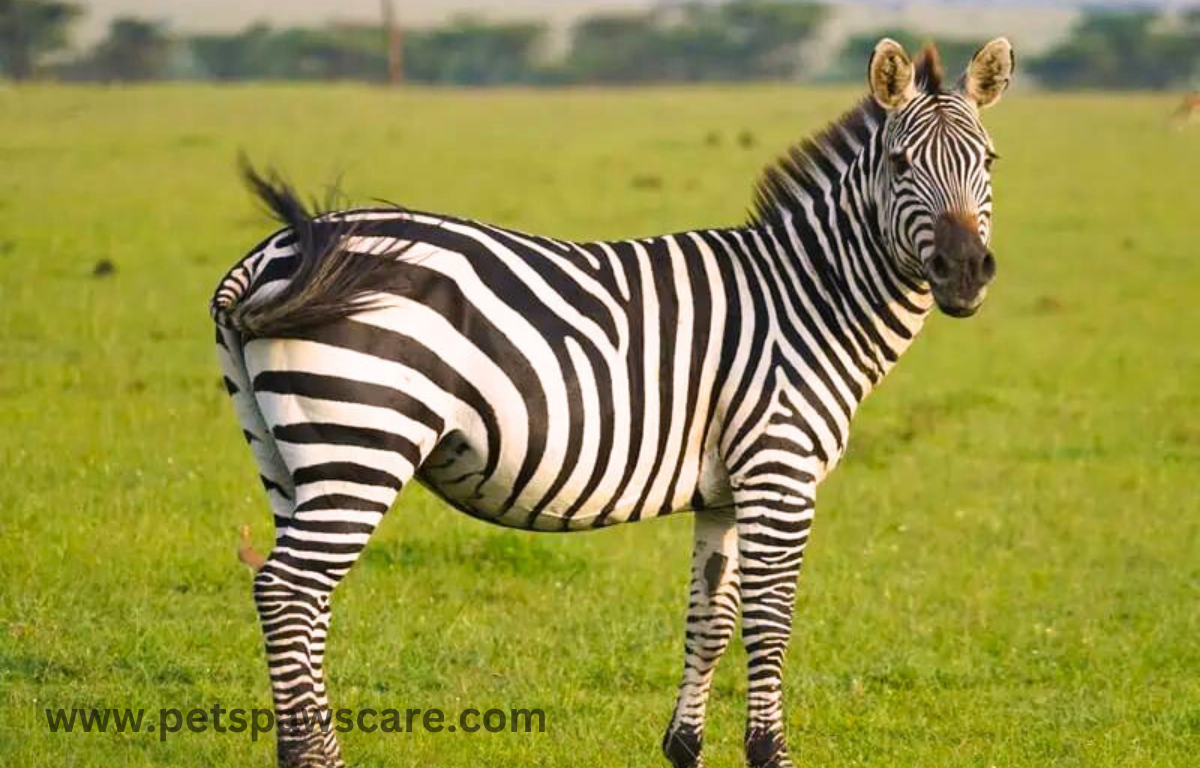
Scientific Name: Equus quagga
Zebras are herbivores in Africa, recognized for their black and white striped coats that graze on nutrient-rich grasses and short grass species in luxuriant grasslands and forests. Their quick movements and sharp senses allow them to preserve ecosystems while sustaining their energy levels, playing a critical role in regulating plant growth and fostering biodiversity through a dynamic interplay in the wildness of their environment.
10. Wildebeests
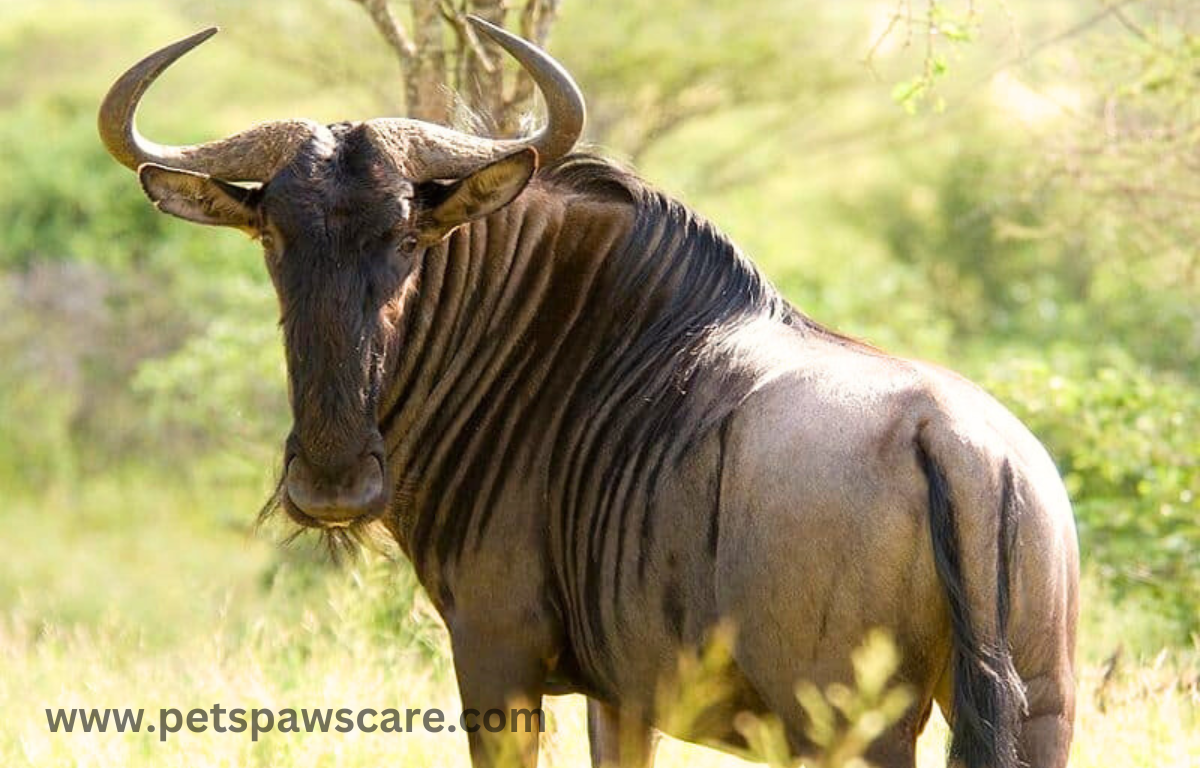
Wildebeests are a mammal known for their migration throughout the year.
They survive in great companies with as many individuals as thousands of grasses—lots of grass. Therefore, feeding the animals is challenging for cattle owners, especially when vying for grazing land. Wildebeest binges are primarily on short, scarcely-spaced grass and succulents.
Also Read:
11. LLAMAS
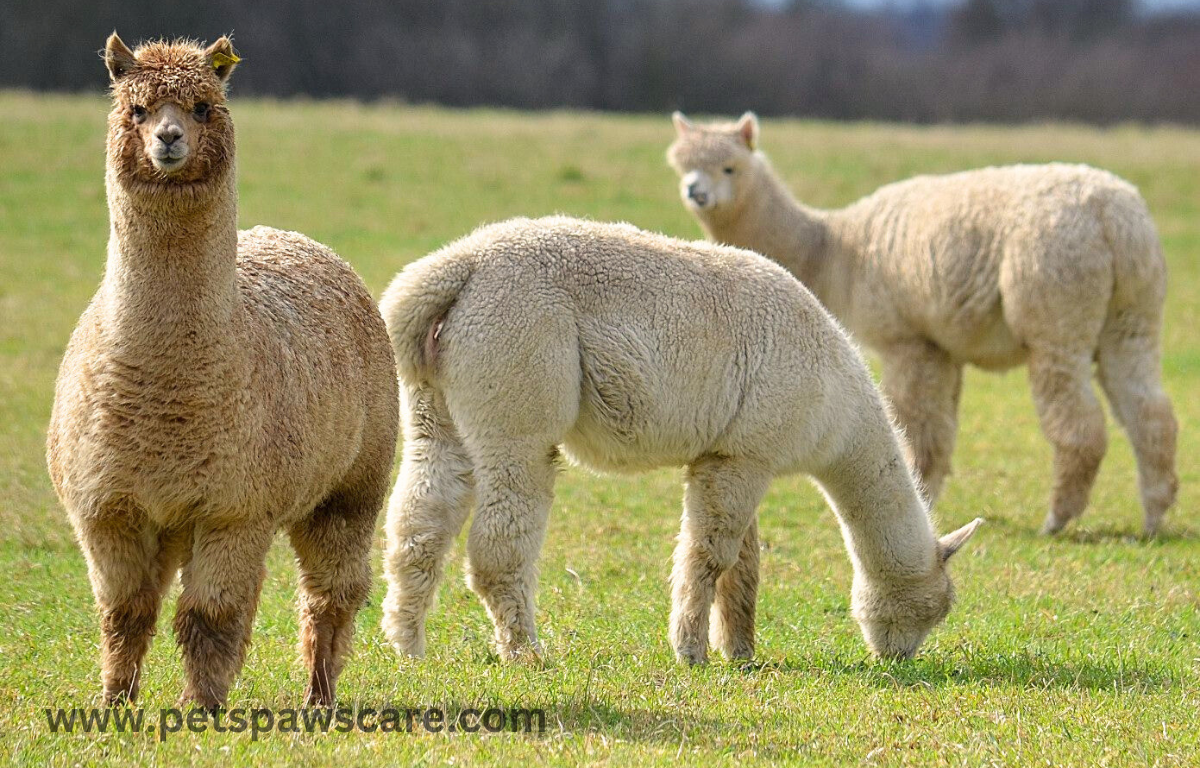
Scientific Name: Lama Glama
We llamas of South America can be categorized among the camelids, just like our camel relatives, and we have all developed the ability to thrive in the harsh conditions of the arid life. Llamas typically live in the Andean Mountains, eating from a mix of grass varieties and bee-friendly crops such as clover, alfalfa and dandelions. Other than alpacas, some camels are found among plants like bushes and cactuses.
12. PRONGHORNS
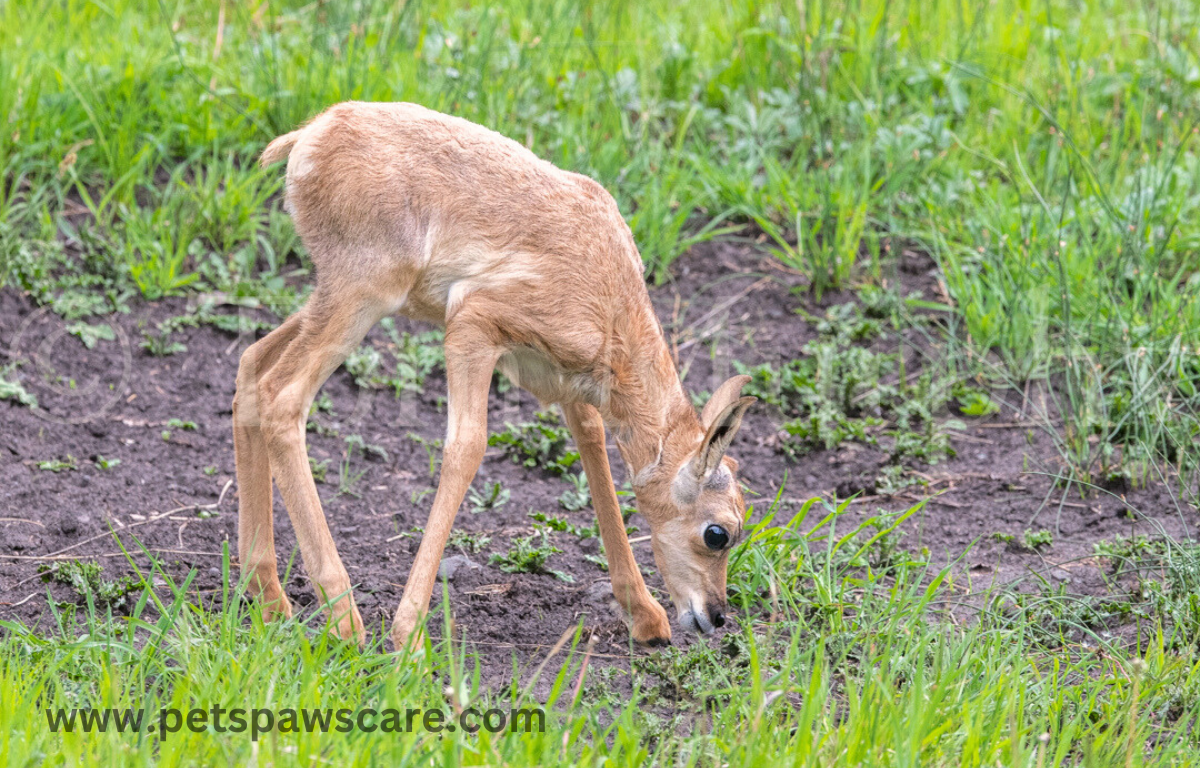
Scientific Name: Antilocapra americana
Pronghorns are the prairie-living antelope of North America. Unlike other antelopes, these animals, Christened the “Pronghorn,” are not only the sole members of the Antilocapridae but also inhabited the Americas. Pronghorns can run fast even if they are not runners by nature& they can run up to 40mph.
These fast animals mostly eat grasses and bushes; however, they feed on leaves, buds, flowers, or fruits once they get a chance. Because of the plenty of food, it can always have something to eat through the different periods. As genets are concerned, the pronghorns like forbs in the spring and summer, but they feed on shrubs in the late summer and autumn.
13. Camels
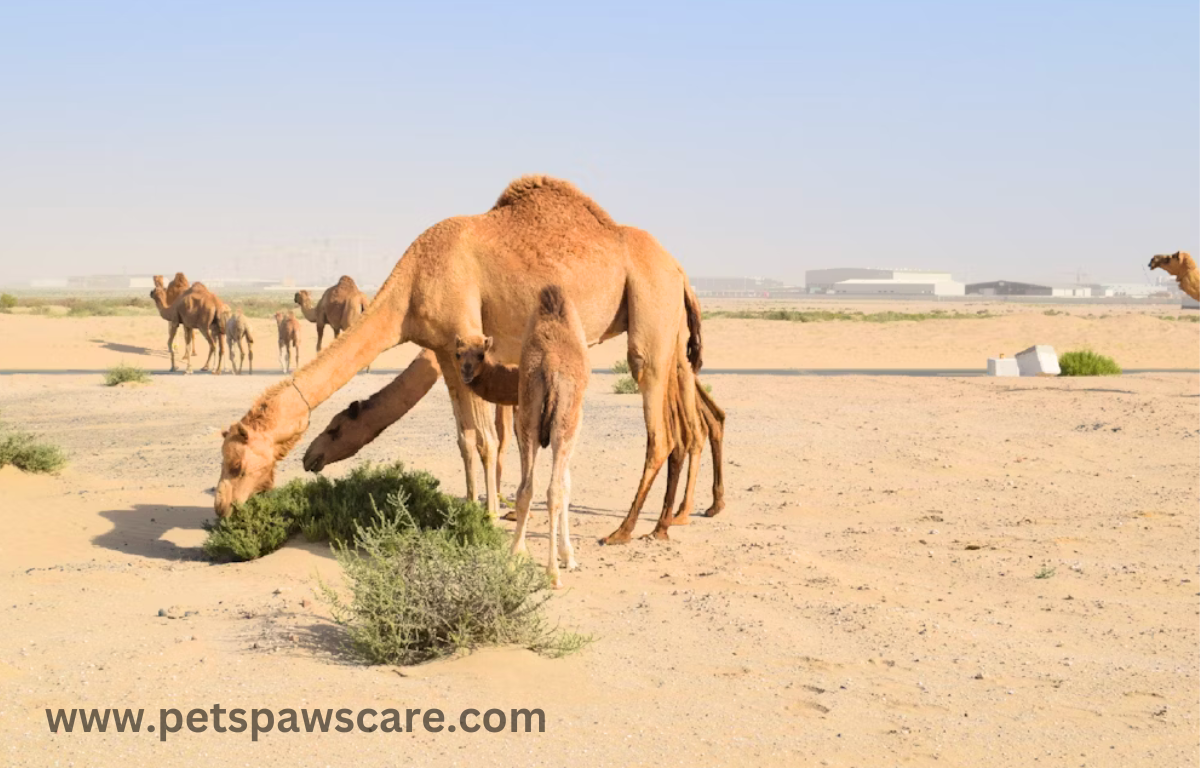
Camels are herbivorous mammals that thrive in arid deserts by using physiological strategies to efficiently break down tough fibrous vegetation, including prickly bushes and dry grasses. They possess extraordinary endurance and an acute sense of smell that allows them to travel miles in search of patches of flora and water. This ability helps them survive in hostile environments where food is scant.
14. Bison
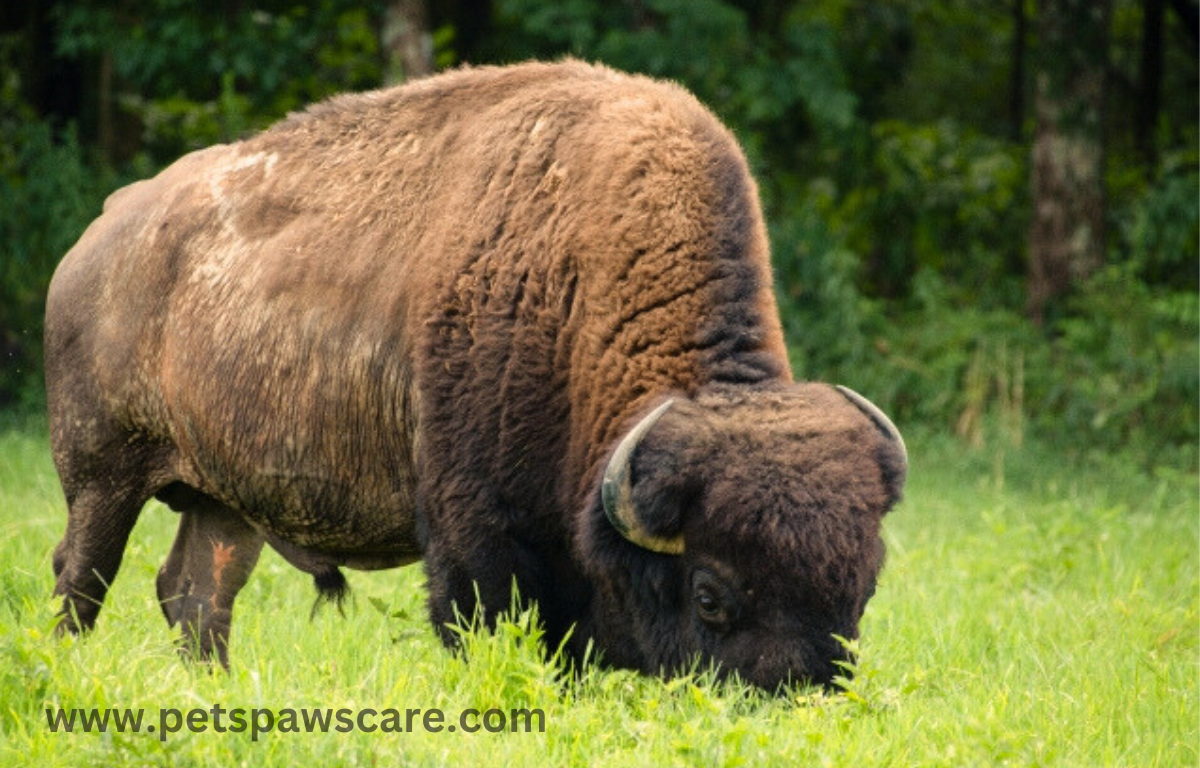
Just like cows, bison have a 4-chambered stomach due to the nature of their plant diet, which needs to be broken down into simpler components.
Bison are grazers that spend most of their time on the ground feasting on prairie grasses. However, they can also eat trees, shrubs, seeds, and tree bark in the winter.
15. Hippopotamus
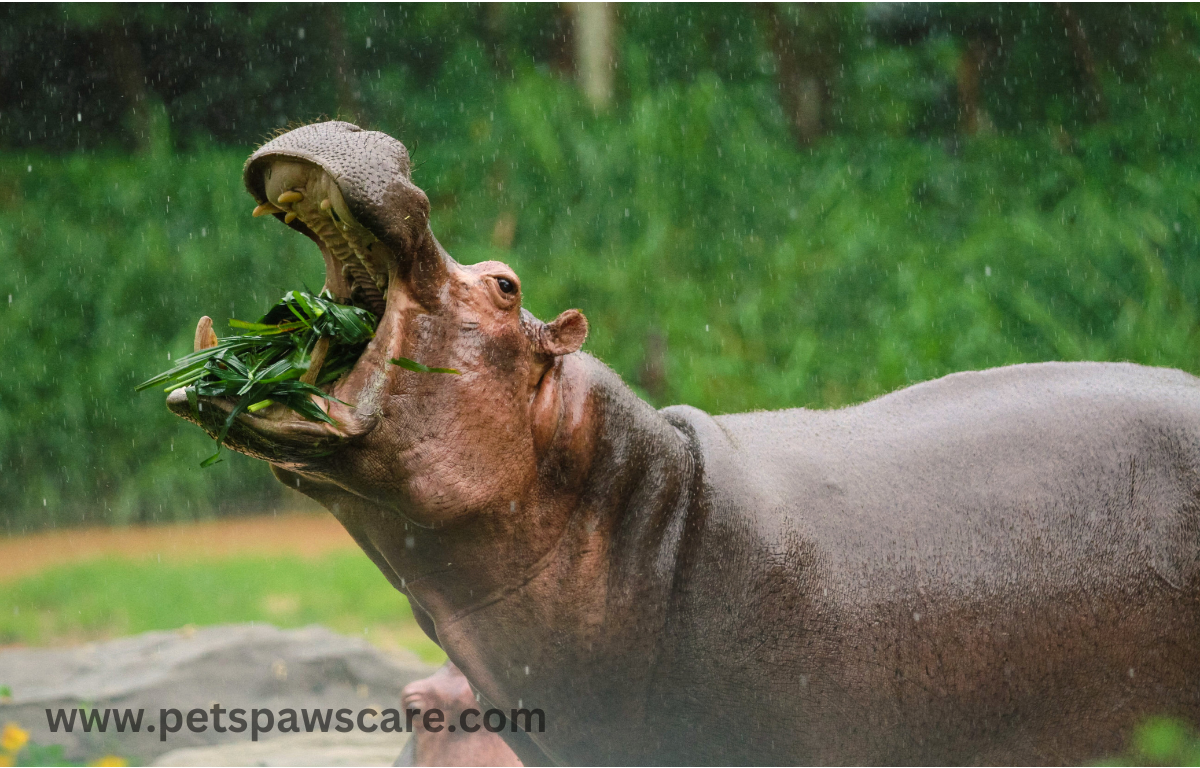
By far one of the most enormous mouths of all land mammals, this fact may make some think that a hippo is a carnivore.
They can consume up to 80 pounds of grass daily, favoring feeding at night. They could travel a distance to finish the food in the required volume.
16. Hare
Hares are herbivorous mammals with a fondness for grass and plant materials, showcasing their quick and nimble movements as they feed in open grasslands and meadows where they have easy access to a wide array of fragile herbs and flora.
| Animal | Diet/Adaptations | Role in Ecosystem |
| Cows | Digest tough grass fibers with specialized digestive systems | Maintain ecosystems by grazing on pastures |
| Sheep | Common grass eaters, graze on pastures | Help control plant growth |
| Goats | Agile creatures, browse a variety of vegetation including shrubs and leaves | Aid in managing diverse vegetation |
| Horses | Rely heavily on a grass-based diet; strength and speed make them efficient grazers | Cover long distances, maintain plant balance |
| Bison | Formidable jaws, consume large quantities of grass in open prairies | Shape grassland ecosystems in North America |
| Deer | Adaptable herbivores, feed in various natural habitats | Thrive in different environments as grazers |
| Chickens | Peck at grains and occasionally graze on fresh grass | Add variety to diet and contribute to land management |
| Alpacas | Raised for fiber, browse on grass to help manage grazing lands | Aid in land management and fiber production |
These grass-eating animals not only feed on vegetation for their survival but also play a crucial role in maintaining the balance of ecosystems. Through grazing and browsing, they contribute to plant control, biodiversity, and soil health, making them essential for the natural world.
Adaptations for Grazing
-
Dental Adaptations
Animals that rely on grass as their primary food source have developed unique dental adaptations, including specialized molars with ridges for grinding tough plant material and sharp incisors for cropping grass. Their strong jaw muscles enable them to chew efficiently, and animals like cows, deer, and horses showcase these dental features, allowing them to extract maximum nutrients from fibrous vegetation in their natural habitats.
-
Digestive Systems
Grass-eating animals like cows, deer, and rabbits have specialized digestive systems with multiple compartments or a unique digestive process, allowing them to break down tough plant fibers through fermentation and efficiently extract nutrients. These adaptations showcase nature’s ingenious solutions that helps diverse herbivores and even some omnivores thrive on a grass-based diet.
Conclusion
Exploring the diverse world of grass-eating animals reveals their critical role in ecosystems. From hares to elephants, these herbivores depend on grasslands as a major source of sustenance, supporting their survival while maintaining vegetation and promoting biodiversity.
These creatures contribute to a complex web of life on Earth through their interdependence with other species. As they graze, they influence the dynamics of the environment, impacting soil health. Recognizing the importance of their roles enriches our understanding of nature and underscores the need for conservation efforts to protect them and strive for harmonious coexistence in the natural world.
FAQS
- What animal does eat grass?
Elephants eat grass regularly as part of their daily diet, along with other plants to stay healthy. - What animal is associated with grass?
Rabbits are often associated with grass because they live in grassy areas and depend on it for food. - Is grass eaten by mouse?
Yes, some mice eat grass, especially when other food like seeds or grains isn’t available. - Does a cow eat grass?
Yes, cows primarily eat grass, spending much of their time grazing in fields for nourishment.
